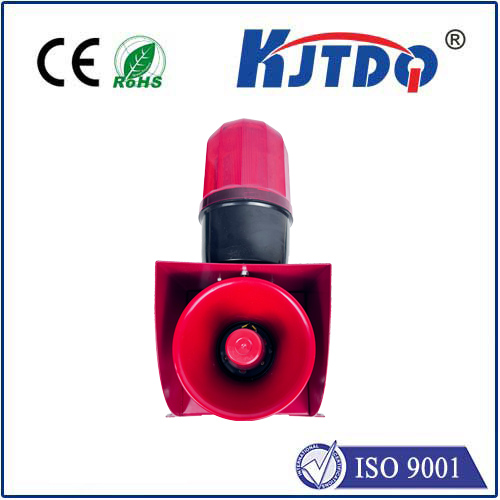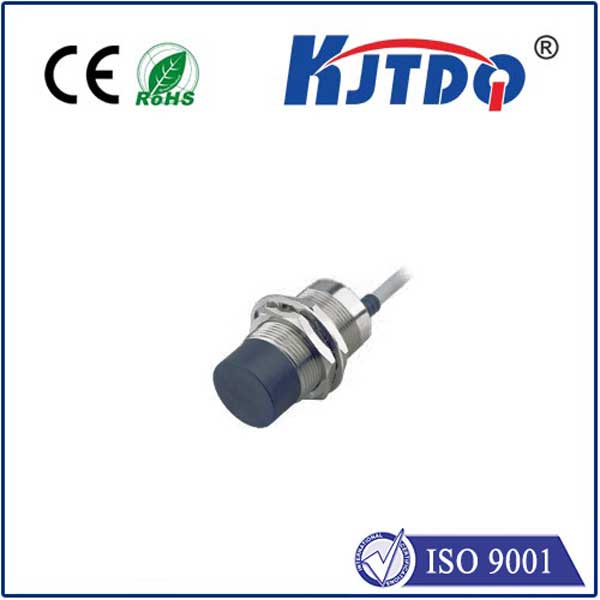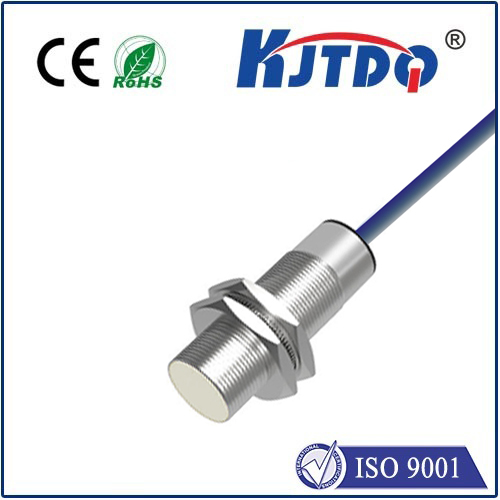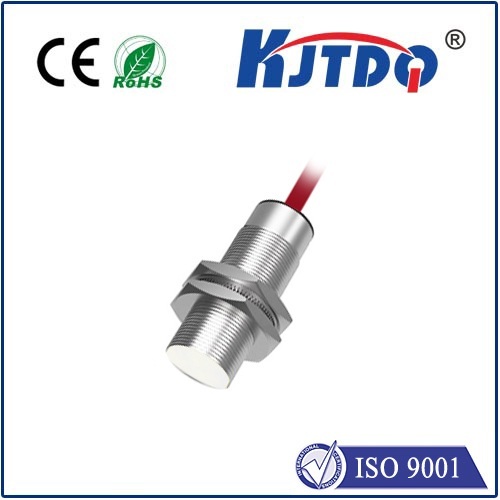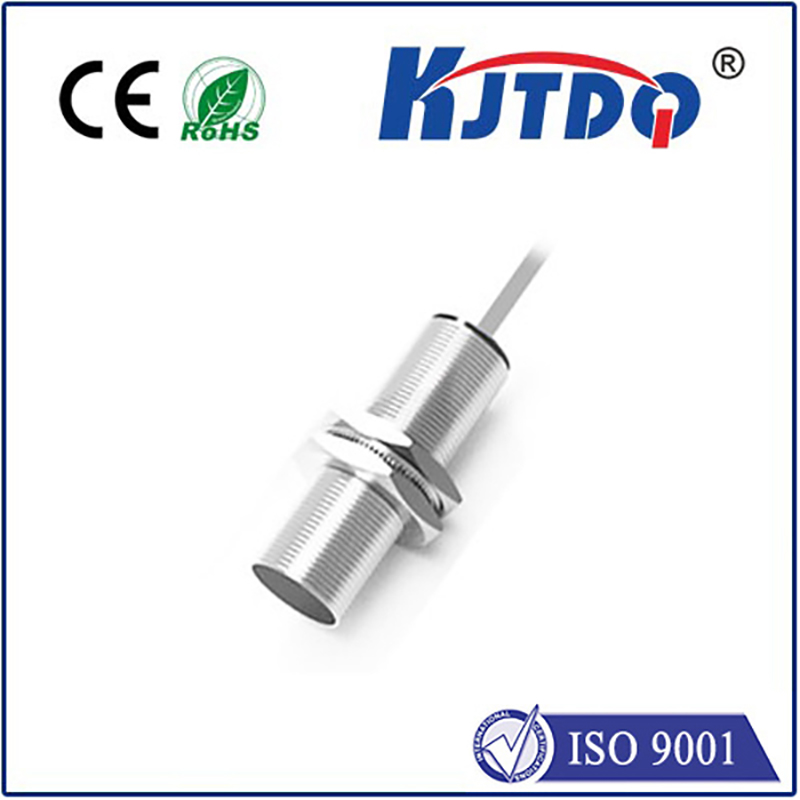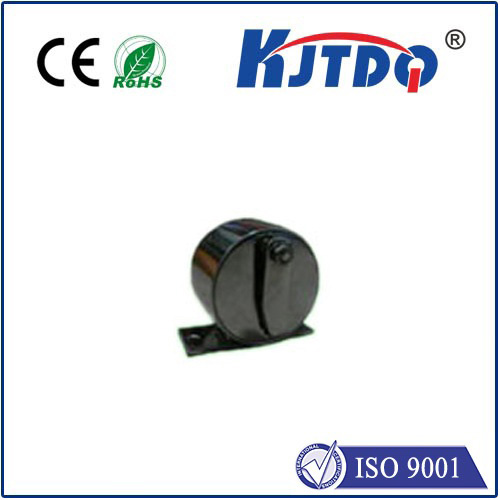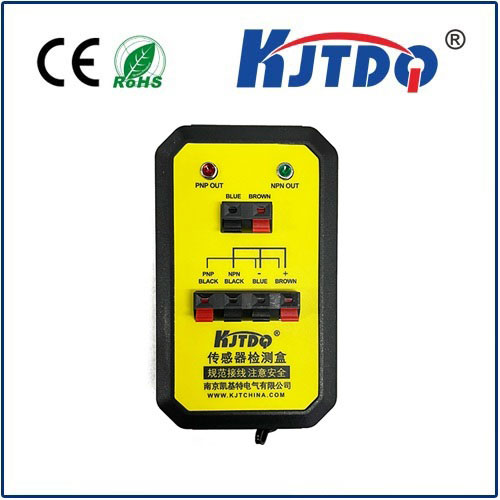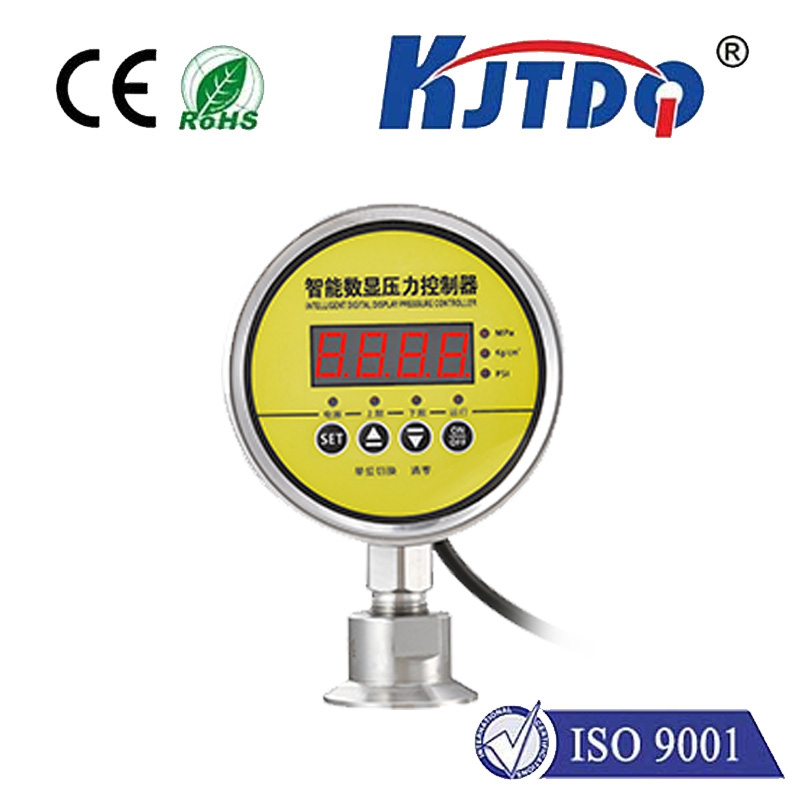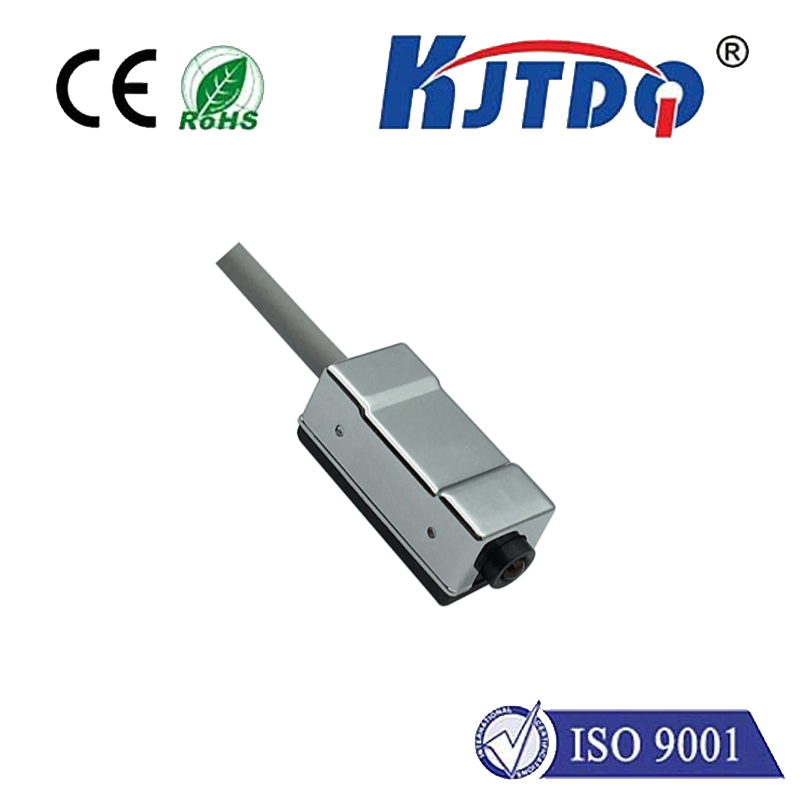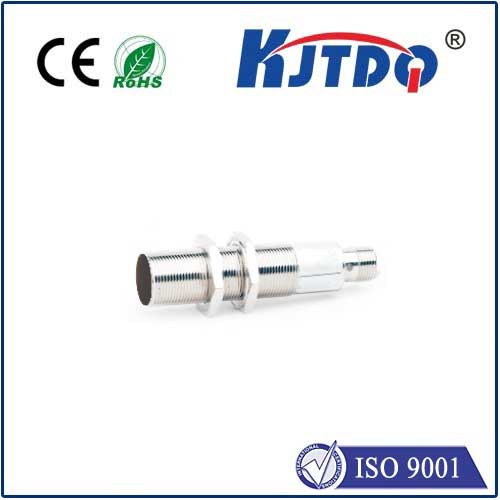
check

check

check

check
Title: Understanding the Functionality of a Push Type Limit Switch
Introduction:
In the world of automation and industrial machinery, components like limit switches play a crucial role in monitoring and controlling the position of moving parts. Among various types of limit switches, push type limit switches are widely used due to their simplicity and reliability. In this article, we will delve into the functionality and benefits of push type limit switches.
What is a Push Type Limit Switch?

A push type limit switch is a device that detects the presence or absence of an object by making physical contact with it. It consists of an actuator, typically a plunger or lever, which activates the switch when pressed against an object. The switch can be configured to either close (normally open) or open (normally closed) the circuit upon actuation.
Working Principle:
The working principle of a push type limit switch is based on mechanical action. As the plunger or lever comes into contact with an object, it applies force to the switch mechanism inside the housing. This force triggers the change in electrical resistance, completing or breaking the circuit depending on the configuration. This change in state is then transmitted to the control system, indicating the current position of the object.
Applications:
Push type limit switches are commonly used in various industries such as manufacturing, packaging, material handling, and robotics. They serve as essential components for ensuring accurate and consistent operation of machines. For example, in assembly lines, they can be used to detect the presence of products and control the movement of conveyors. In robotics, they can be employed to monitor the end position of robotic arms or provide feedback for precision placement tasks.
Benefits:
One of the key benefits of push type limit switches is their simplicity and ease of installation. They require minimal wiring and can be easily mounted onto machinery. Additionally, they offer reliable performance under diverse environmental conditions and have a long lifespan with minimal maintenance requirements. Moreover, their compact size allows them to be integrated seamlessly into tight spaces within machines.
Conclusion:
Push type limit switches are indispensable components in modern industrial applications. Their ability to provide precise positional feedback through physical contact makes them ideal for use in automation systems where accuracy and reliability are paramount. By understanding the principles behind these switches, engineers and technicians can effectively integrate them into their designs, enhancing the overall efficiency and safety of industrial processes. As technology continues to advance, it is likely that push type limit switches will remain a staple in the toolkit of automation professionals for many years to come.
